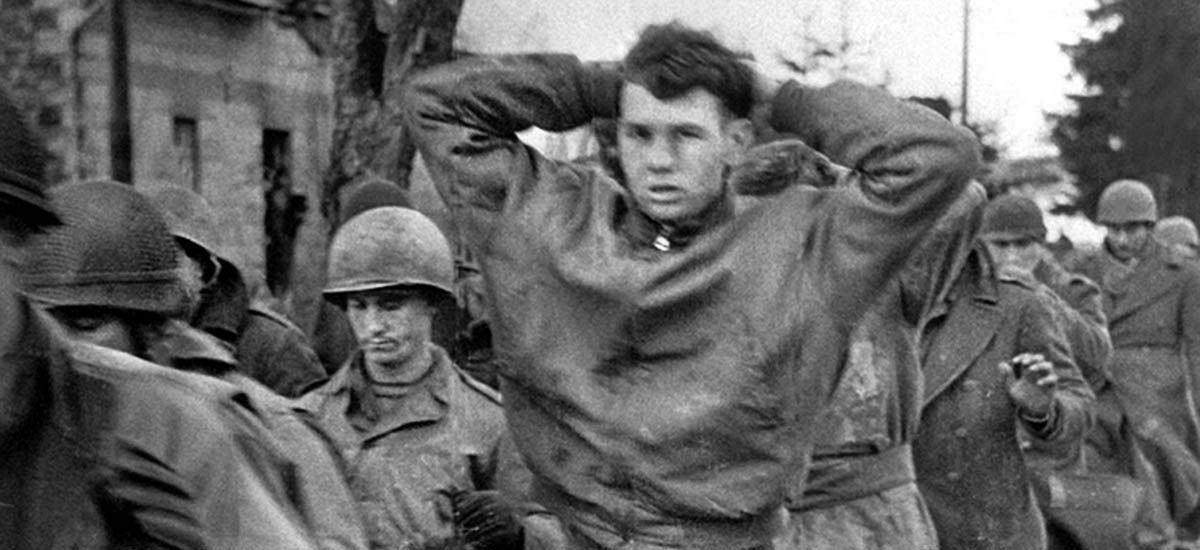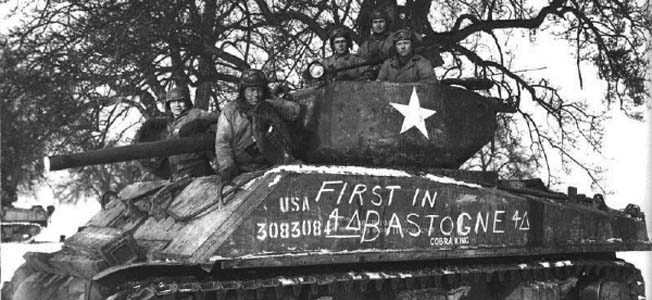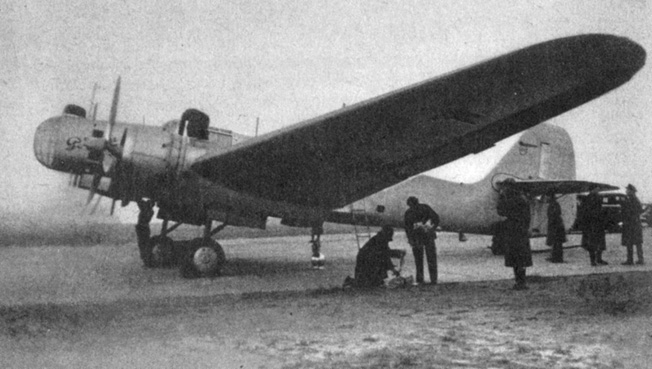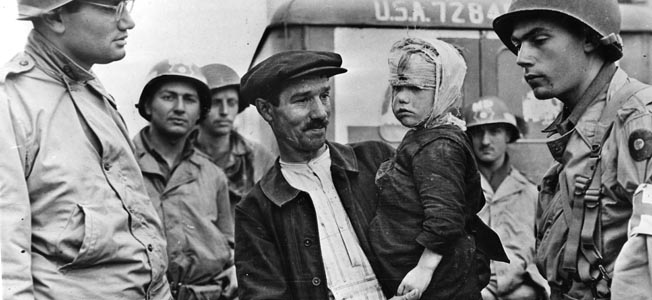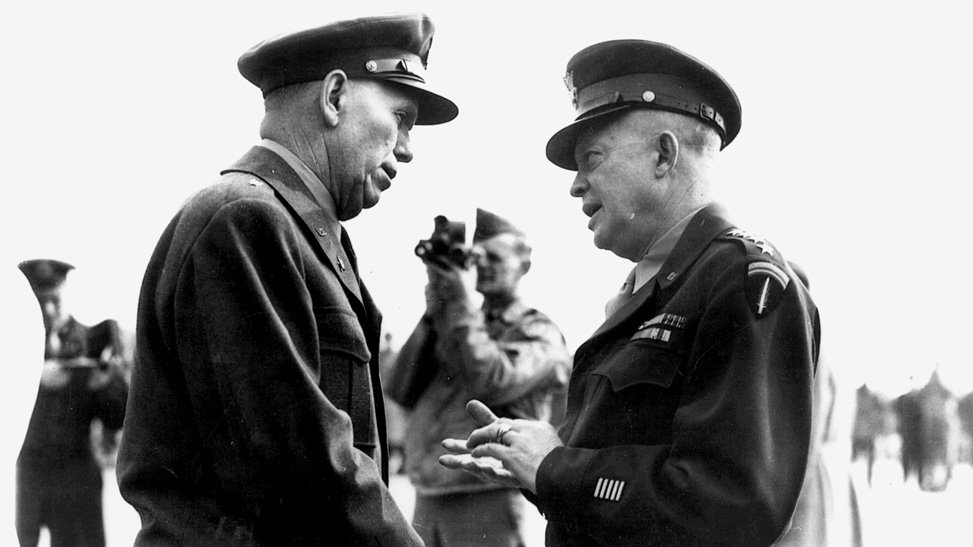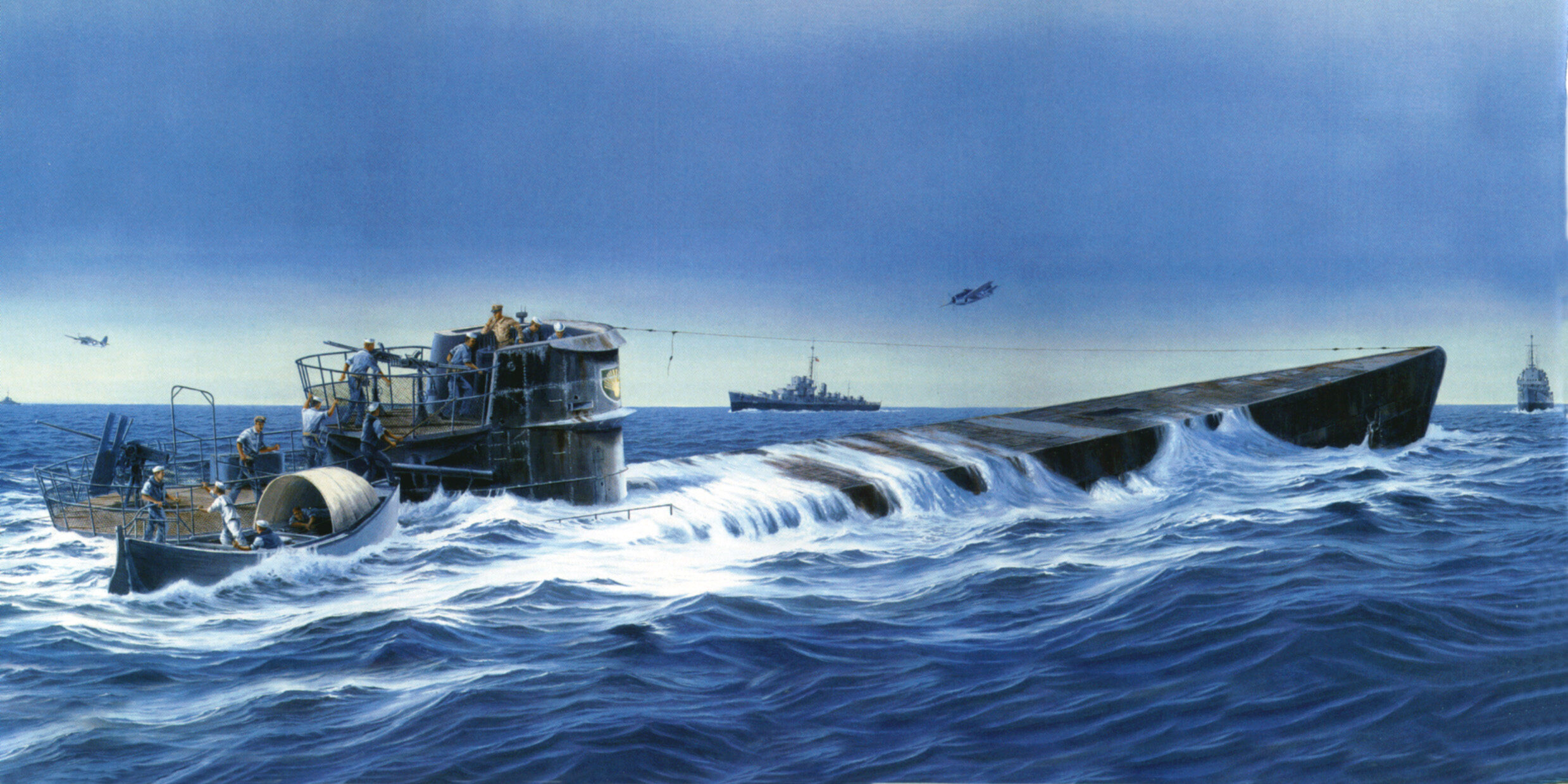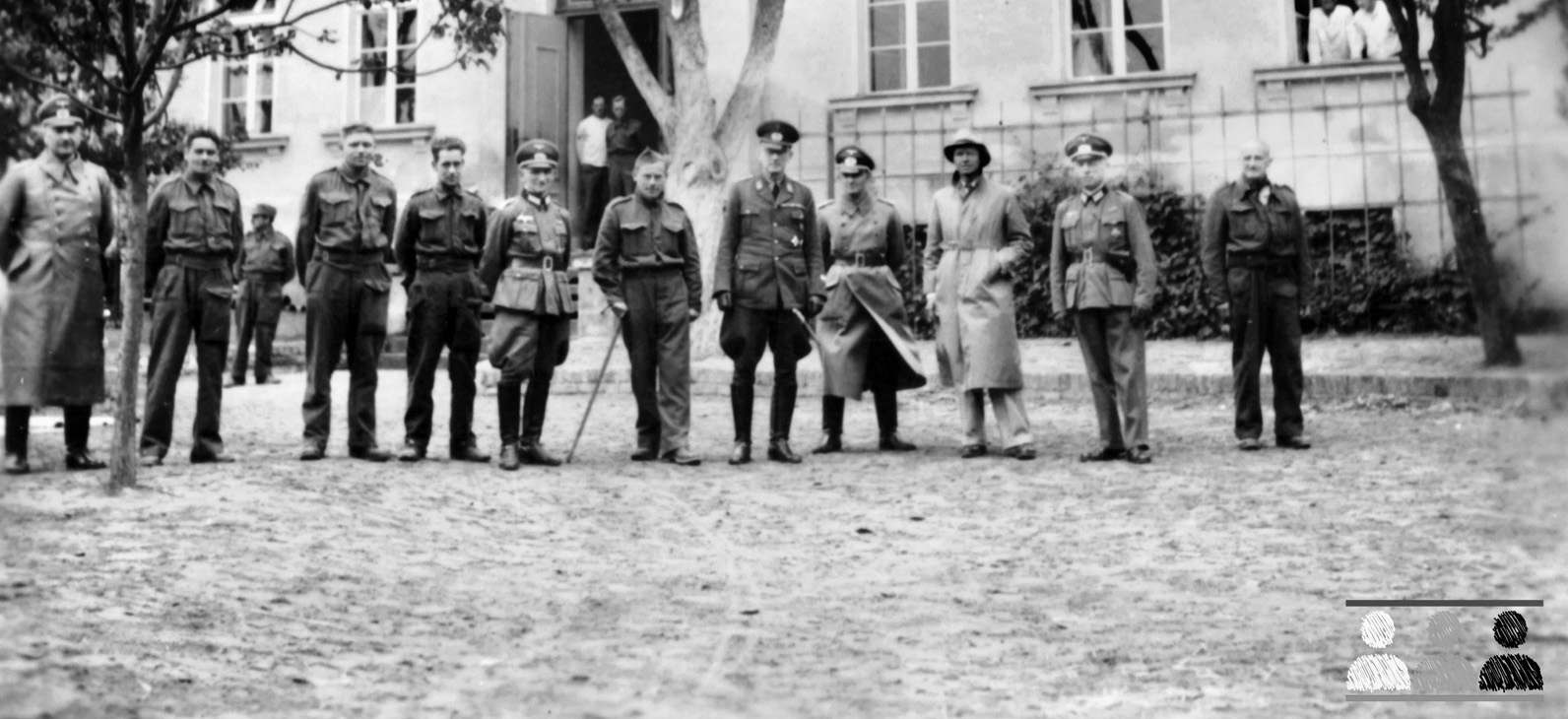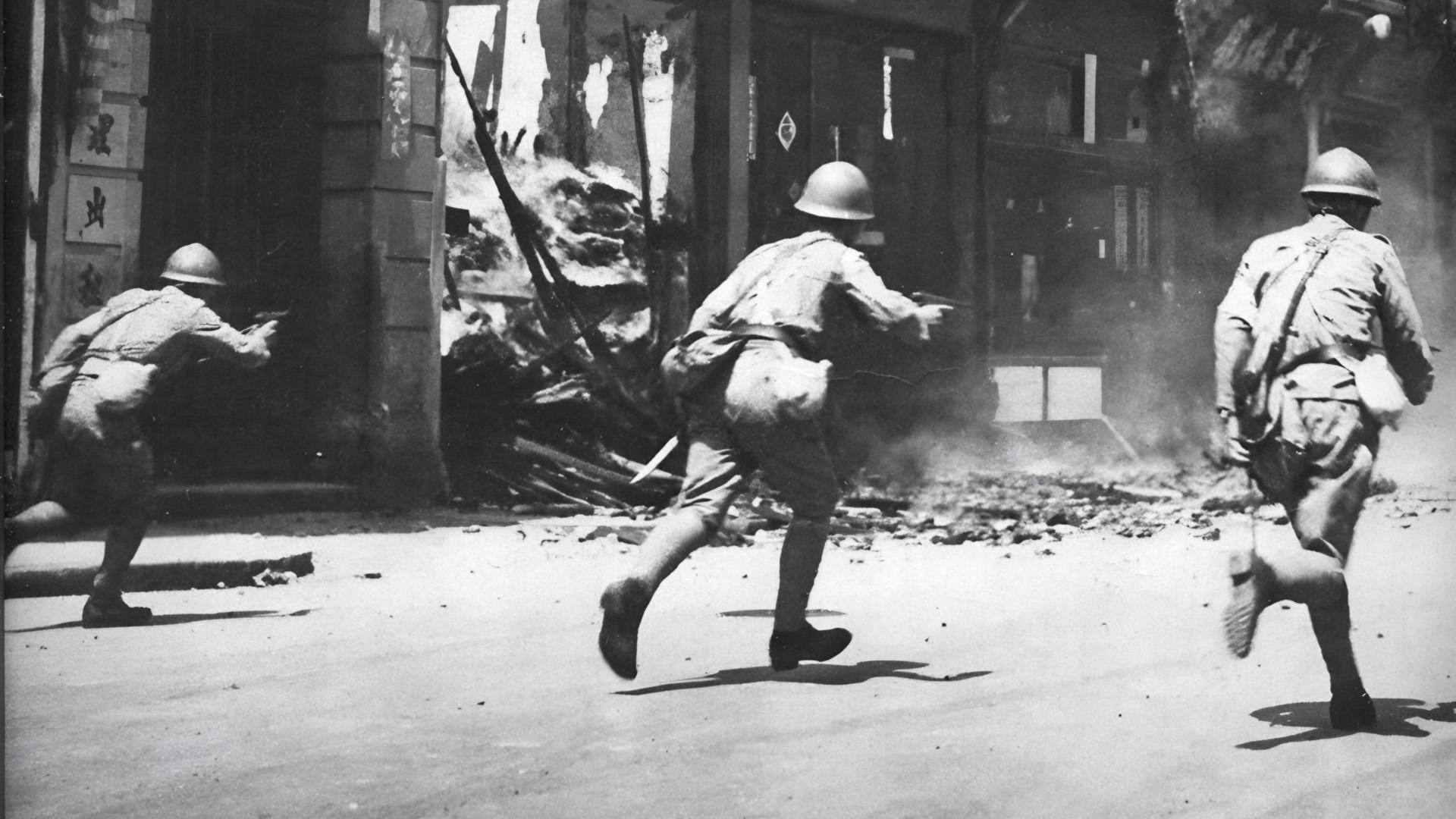By Duane Schultz
The men who were prisoners of war during World War II paid a terrible price in the form of PTSD—post-traumatic stress disorder. Neither the awarding of medals, nor official statements of recognition, nor expressions of gratitude could erase the damage and suffering. Chief Warrant Officer Harry Thompson wrote that his experiences continued to haunt him 60 years later. An anonymous former POW said nearly 70 years after the war was over: “Not a day passes that I do not in some way recall some portion of the past.”
At the age of 91, World War II veteran Norman Bussel still volunteered at the Veterans Administration hospital in Montrose, New York, where he counseled veterans returning from Iraq and Afghanistan. He did it because he knew exactly what they were going through. He wrote that almost every veteran he worked with “displays mannerisms—fidgeting in their seats, knees bobbing up and down during interviews, avoiding eye contact—that indicate that they have PTSD (post-traumatic stress disorder). The symptoms jump out at me because I have lived with PTSD for more than 70 years.”
After his bomber was shot down over Berlin in 1944, Sergeant Bussel, a 19-year-old radioman, spent a year in German POW camps. When he came home, he went through “alcoholism, a broken marriage, claustrophobia, and a constant struggle with nightmares.” The reason he had such great success in counseling veterans was because “I can persuade them to talk by being forthright about my own decades-long battle…I tell them how I avoid elevators, crowds, and July 4th fireworks [and that] ‘survivors’ guilt’ is still my strongest stressor. I make them privy to my emotional baggage to show them that they are not unique or weird. I tell them…about the day that my B-17 exploded over Berlin, how I am plagued with guilt over the loss of four of my crewmen that day.” Why, he still asks himself, did I live when the others died?
There were 93,941 Americans held in German POW camps during World War II, and a majority of them returned suffering from a variety of symptoms like Bussel’s, which were generally classified as neuropsychiatric (NP), a term then in use for what had previously been called “shell shock.”
What they had experienced in the POW camps—hunger, cold, disease, guilt, boredom, and fear—was bad enough, but as British and American forces drew closer to Germany from the west and Russian armies advanced from the east in the final months of the war, their situation became far more dangerous. The majority had to endure forced marches through an increasingly desolate countryside as the German Army moved them farther from the relative safety of their camps into Germany’s interior during the last cold, winter months of the war.
Marching every day with even less food than they had in the camps (the Red Cross trucks that had delivered food parcels were no longer able to get through from Switzerland because of the bombing raids), new terrors presented themselves. One was the growing fear that Hitler would have them exterminated rather than free them. The other fear was the growing number of attacks by Allied aircraft. Their chances of surviving the war so close to its end seemed to be diminishing.
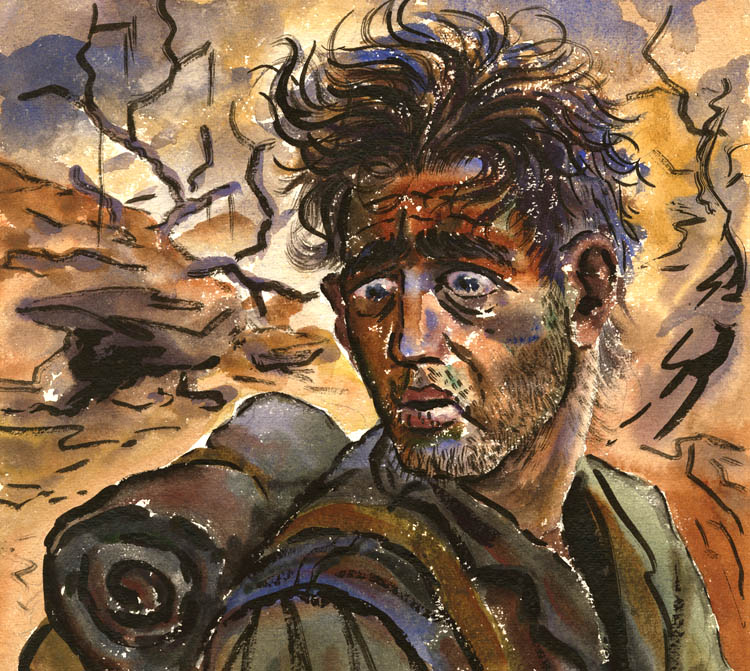
Kurt Vonnegut, a 22-year-old army private, was captured on December 22, 1944, in Luxembourg during of the Battle of the Bulge. He and 6,000 other captives were marched to the east for two days before being crammed into railroad boxcars. In the railyards at Koblenz, their train was attacked by British planes, killing some 150 men, 63 in one boxcar alone.
On January 12, Vonnegut and 150 others were transported to Dresden, where they were herded through a door marked Schlachthof Fünf (“Slaughterhouse Five”) and down 60 feet into the basement of an abattoir, where livestock was killed and butchered. It was 9:51 on the night of Tuesday, February 13, 1945, when the air-raid sirens first sounded.
The POWs stayed trapped in the quaking cellar for two days while 1,200 British and American bombers wiped out the city center, killing at least 25,000 people (some estimates go as high as 135,000). For weeks after the raid, Vonnegut and other POWs were forced to retrieve the thousands of bodies and drag them to huge funeral pyres. “Every day, we walked into the city,” he wrote, “and dug into basements and shelters to get the corpses out.”
Another group of several hundred American prisoners was caught out in the open on April 5, 1945, during an American bombing raid on the city of Nuremberg. The cold and starving men were near total exhaustion, having marched 93 miles over the previous nine days. Chief Warrant Officer Harry Thompson called it “our walk through hell.”
Thompson looked around when the bombing stopped. “The carnage was sickening. Dead and wounded men lay all around them, some crying in pain, some with arms and legs blown off, bodies blown apart with intestines and organs on the ground, all covered in blood, either their own or that of stricken comrades. Some of us had bits of human flesh all over us…Fifty years have passed, and I can still close my eyes and see it all over again.” Twenty-four of his fellow prisoners were dead and 105 were wounded by their own side, less than a month before they would have been free. No one knows how many American POWs were killed or wounded during bombing and strafing attacks by their own planes in those last weeks and months of the war.
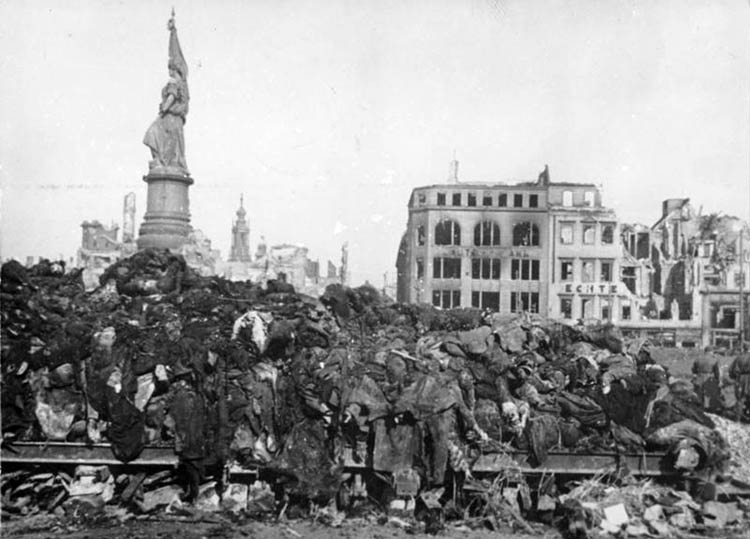
When the war in Europe ended and the POWs started going home, many quickly found that their transition to civilian life was not going to be easy. As with so many veterans of World War II, POW or not, the momentary initial excitement and euphoria of seeing family and friends again did not last. According to surveys in 1946, a full 40 percent of returning POWs expressed disappointment.
At least one of every three returning American veterans felt completely estranged from the civilian world they had left when they went to war, and as many as half believed the war had left them worse off. Forty years later, in 1985, a study of former POWs found that 25 percent said they were still bothered by anxiety, irritability, depression, exaggerated startle response, body tremors, insomnia, and nightmares. And almost three out of every four ex-POWs reported intermittent problems with these kinds of symptoms. Only four percent said that they had never been troubled emotionally by their experiences during captivity.
Studies in 2018, more than 70 years after the war, found that 30 percent of British POWs had developed what was called a “stalag mentality,” which included feelings of guilt at having been a prisoner of war, along with intense depression, a belief that their mental and physical health had been permanently damaged, and intense anxiety about being able to reintegrate back into civilian life.
Many American POWs felt estranged from their wives and families, and many marriages were damaged as a result. The first two postwar years saw a divorce boom in the United States, with veterans divorcing at twice the rate of people who had not served in the war. Many wives felt that, as one put it, “I got engaged to one man, then a different man came home.”
One million returning American servicemen, including POWs, were classified as neuropsychiatric. One year after the war, by 1946, more than 10,000 veterans a month were trying to get help at veterans’ hospitals for NP-related problems. By the following year, more than half of all patients in VA hospitals had been diagnosed as neuropsychiatric.
One veteran said, “I would wake up at night drenched with sweat and a sense of terror. I would lie awake and stare at the insides of my eyelids. Every one of those young dead soldiers [he had seen in combat] went by like a slide show. Why did I survive when so many others had been killed? Why had I not been wounded when so many others were maimed for life? I didn’t recognize the fact that I had indeed been wounded, and severely at that. It was a wound that would take fifty years to heal.”
Kurt Vonnegut spent more than 20 years after the war trying to come to terms with his experiences at Dresden, writing and destroying thousands of pages before completing his most famous book, Slaughterhouse-Five. His daughter said Vonnegut “was writing to save his own life” and that he was constantly dealing with heavy drinking, flashbacks, nightmares, sleepless nights, periods of dissociation from reality, and sudden bursts of intense anger.
A major problem for returning veterans after the war was that the VA lacked enough psychologists and other mental-health counselors to treat their disorders. The VA also failed to fully comprehend the array of emotional problems plaguing returning veterans. Norman Bussel wrote, “For those of us who recognized that we had a problem, a trip to a VA hospital for help quickly convinced us that they didn’t have a clue as to what was wrong with us. So we went back to our jobs and self-medicated with alcohol at night and on weekends.”
Many returning POWS and combat veterans could not bring themselves to talk about their feelings. It was considered “unmanly” to admit to having feelings of stress—or psychological problems of any kind, for that matter. They did not want their families and friends to know that they had such problems, or worse, to admit they were accepting treatment. Many were also afraid, with some justification, that having “NP” stamped in their files would follow them throughout life and keep them from finding meaningful employment.
Another issue for returning POWs was the sense that while millions of others had been fighting and dying for their country, they were often thought to be “safe” in the camps. In the occasional letters from home that got through, loved ones would ask such questions as what color bedroom slippers were wanted for Christmas, or offer advice such as not to overeat and to exercise and stay in good shape.
The Red Cross may have unwittingly contributed to the attitude that POW camps in Germany were not so bad in its monthly Prisoner of War Bulletin, begun in June 1943 and sent to families of POWs. Its commendable purpose was to calm the fears of family members by describing Red Cross efforts to send parcels of food and cigarettes to the camps. It published letters from prisoners to their families, including one from an officer who had been repatriated from Germany because of his serious wounds. Before he came back to the United States, other prisoners urged him not to tell civilians the truth about how bad their lives were, so that their families would not worry. While he was recovering at Walter Reed Army Hospital in Washington, D.C., he sent an open letter of reassurance that was published in the Prisoner of War Bulletin.
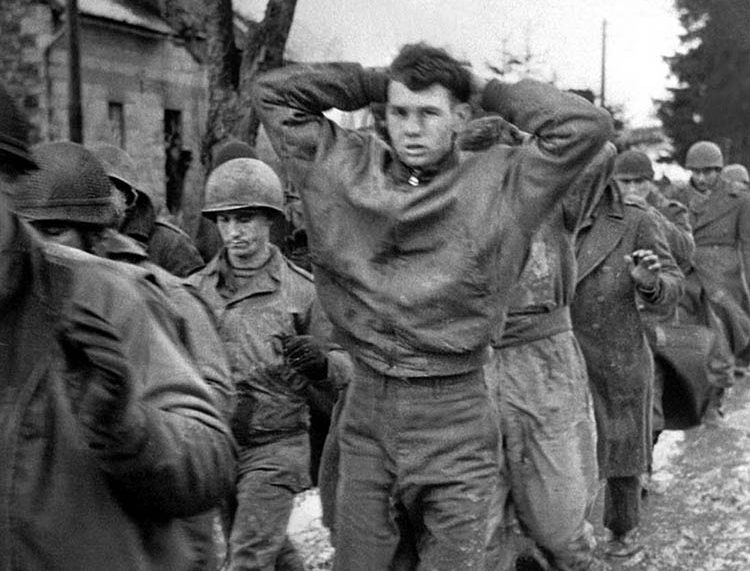
He wrote that the German guards were treating them fairly and that morale was high. He described the weekly Red Cross parcels that supplemented the camp food. He went on to describe how the YMCA provided books, musical instruments, sports equipment, and costumes for shows and plays.
No wonder some people had the attitude that POWs were lucky to have been so comfortable and safe from the fighting. Once at home, people asked them how they had liked German beer, or German girls, as if they had been on holiday. It was difficult to talk about what they had really experienced.
As a result, there was an official reluctance to honor, or even recognize, the status of the POWs for many years after the war. In 1970, some 25 years after the end of the war, the Department of Defense rejected the idea of issuing a medal for those confined as POWs. As British historians John Nichol (himself a POW) and Tony Rennell wrote in 2002, such formal recognition “did not fit the historic image of the American fighting man, the spirit of the Alamo, where the likes of Davy Crockett and Jim Bowie had fought to the last man and died rather than give in.”
In 1986, after a long campaign, the U.S. Congress finally approved the Prisoner of War Medal, but the issue of cowardice, of having surrendered to the enemy, remained alive. On August 8, 1988, historian Brian Farwell published an article in the Washington Post entitled “Why Should We Honor Soldiers Who Surrendered?” Farwell argued that presenting a medal to every POW made no distinction between those who’d been wounded and surrendered because they had no choice, and cowards who’d put up their hands the moment they saw the enemy.
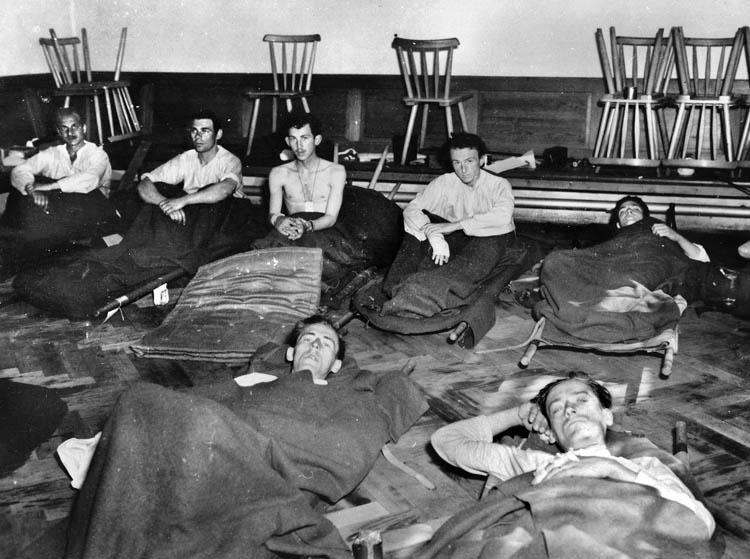
On August 18, the Washington Post printed a response to Farwell’s article, written by Senator Frank Murkowski of Alaska, calling Farwell’s letter “an insult to the men who have proven their dedication and loyalty to our nation under circumstances few of us could imagine and none of us would willingly endure. Few, if any, prisoners of war chose to be captured. Their aircraft were shot down or their positions overrun. POWs did not sit the war out. Almost universally, their captors forced them to perform hard labor work with little food, primitive sanitation, inadequate shelter, and little or no medical care. They were subject to mistreatment or torture at the whim of their captors. Their loyalty to their nation was tested by pain, malnutrition, and mind-numbing fatigue.”
In 1995, during the official commemoration of the 50th anniversary of the end of the war, Senator John Warner of Virginia finally paid public homage to all who had been POWs, regardless of the circumstances of their capture. He described them as “a group who made a large contribution to the Allied victory while also enduring more than their fair share of personal suffering and sacrifice. We owe them a great debt of gratitude and undying respect.”
The men who were prisoners of war paid a terrible price for which neither the awarding of medals, nor official statements of recognition, nor noble expressions of gratitude—no matter how well intentioned—could erase the damage and suffering. Chief Warrant Officer Harry Thompson wrote that his experiences continued to haunt him 60 years later. An anonymous former POW said nearly 70 years after the war was over: “Not a day passes that I do not in some way recall some portion of the past.”
Duane Schultz is a psychologist who has written more than two dozen nonfiction and fiction books and numerous magazine articles on World War II, as well as the U.S. Indian Wars and the Civil War. His more recent books include Crossing the Rapido: A Tragedy of World War II; Into the Fire: Ploesti; and Patton’s Last Gamble: The Disastrous Raid on POW Camp Hammelburg in World War II. He can be reached at www.duaneschultz.com.
